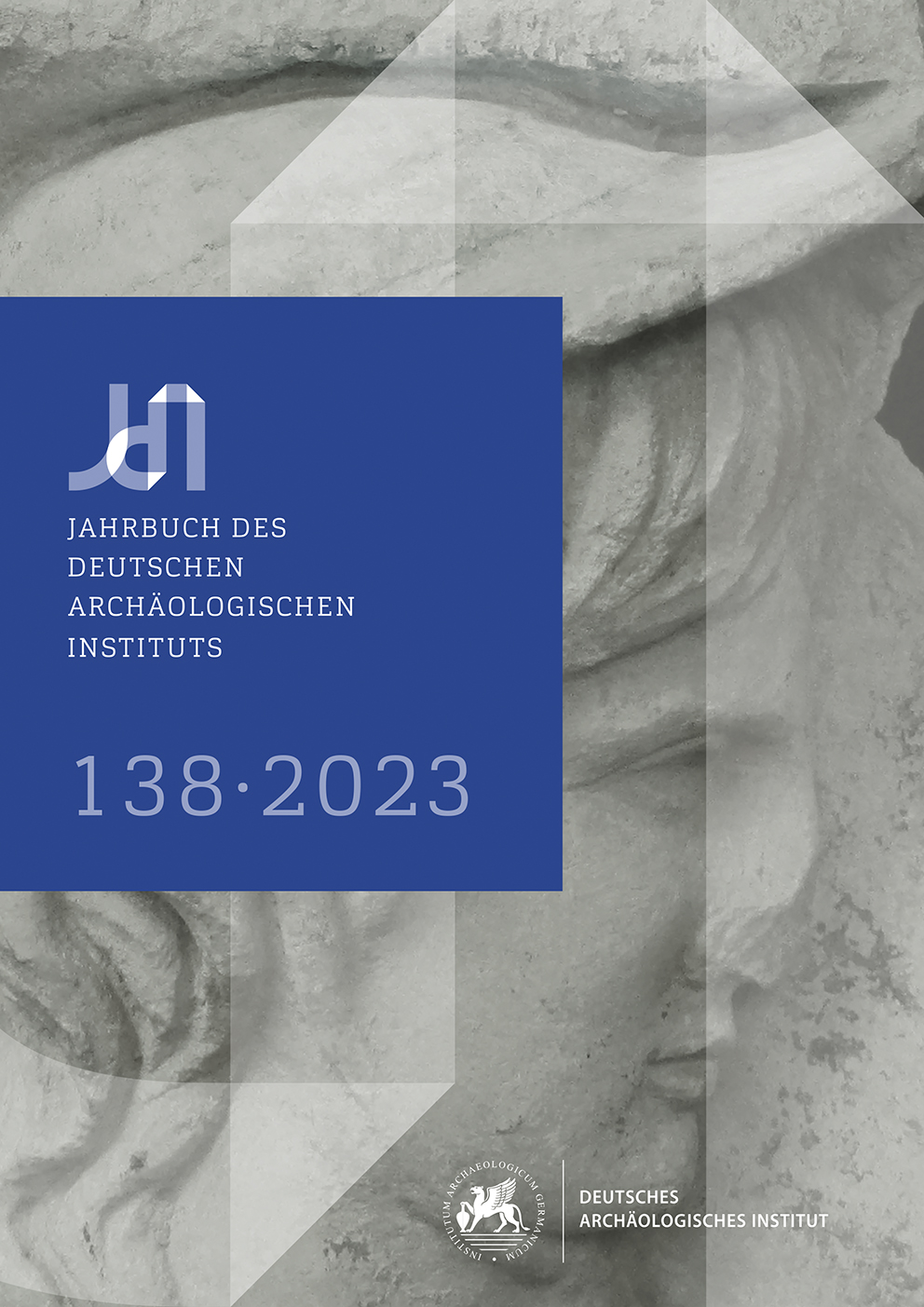Ein Neuzugang zur Gruppe der Herr-und-Hund-Stelen und die alte Frage nach attischen Vorbildern
https://doi.org/10.34780/562n-eg21
Abstract
Zwei bislang unpublizierte Fragmente einer spätarchaisch- frühklassischen Herr-und-Hund-Stele von der zu den Nördlichen Sporaden gehörenden Insel Skiathos bilden den Ausgangspunkt erneuter Überlegungen zu dieser Denkmalform. Der Fundort der Fragmente sowie die Einordnung in die Gruppe unterstreichen die These, dass solche Grabdenkmäler vorrangig von ›wandernden Bildhauern‹ stammen. Die verbreitete Vorstellung attischer Prototypen erweist sich dagegen als Lehrstück des ›Athenozentrismus‹; denn eine genaue Betrachtung der beiden immer wieder als Belege herangezogenen Skulpturenfragmente von der Athener Agora verdeutlicht sowohl die Abwesenheit formal-typologischer Elemente eines archaisch-attischen Grabreliefs als auch motivisch-ikonographische Hindernisse für eine Rekonstruktion zu (archaischen) Herr-und-Hund- Stelen. Die forschungsgeschichtlich bedingte Erwartungshaltung verstellt nicht nur den Blick auf die (anderen) möglichen Verwendungskontexte der Athener Fragmente, sondern auch auf gegenläufige Tendenzen innerhalb der spätarchaischen Grabdenkmalgestaltung, also auf außerattische Einflüsse auf die attischen Grabreliefs des späten 6. Jhs. v. Chr. Schließlich lässt die weite Verbreitung der Herr-und-Hund-Stelen vermuten, dass sich ihre Beliebtheit auf eine in den Augen der Auftraggeber besonders gelungene Bildaussage gründet – indem sie die öffentlich-statusbetonende sowie die privat-emotionale Funktion eines Grabdenkmals in sich vereint.
Schlagwörter:
Skiathos, Grabreliefs, Herr-und-Hund-Stelen, Agora, Athen





